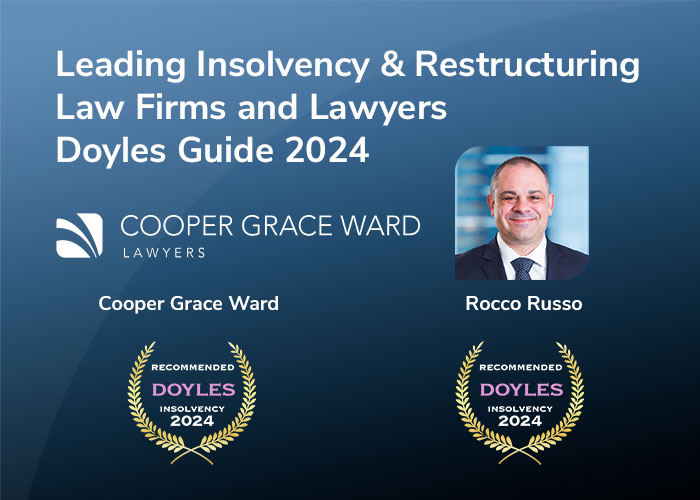The Fair Work Commission (FWC) has recently confirmed that, following a period of bargaining in good faith, an employer is entitled to cease negotiations and put its best and final offer to its employees for a vote.
Facts
This matter involved negotiations between WorkPac Pty Ltd and the CFMEU to replace the existing enterprise agreement. Prior to the hearing of this application in the FWC, the parties had bargained extensively over an extended period of time.
The final bargaining meeting between the parties took place on 7 March 2017, where no final agreement was reached. On 13 March 2017, WorkPac sent an email to the CFMEU that attached a further draft of the proposed agreement entitled ‘version 13’. This version contained a ‘casual conversion clause’ and a revised classification structure. The email stated that this was WorkPac’s best offer and requested that the bargaining representatives respond by 16 March 2017.
The CFMEU responded on 15 March 2017 to the effect that version 13 was dramatically different to the previous version and that the casual conversion clause and revised classification structure had not been discussed previously. The CFMEU demanded a further meeting on 29 March 2017.
WorkPac rejected this demand and instead wrote to the bargaining representatives on 20 March 2017 attaching a final draft of the proposed agreement. The letter informed the bargaining representatives that this was WorkPac’s best and final offer and that it intended to commence the voting process. The ballot was initially to commence on 3 April 2017, however, this date was postponed to 10 April 2017 due to weather events in Brisbane.
Application for bargaining orders
On 27 March 2017, the CFMEU made an urgent application to the FWC pursuant to section 229 of the Fair Work Act 2009 for a bargaining order requiring WorkPac to cancel the ballot. The application also proposed that WorkPac would be required to meet with the CFMEU and other bargaining representatives about particular clauses in the proposed agreement, including amendments to the classification structure and casual conversion clause.
In their application, the CFMEU asserted that WorkPac had failed to provide the bargaining representatives with a proper opportunity to engage with the employer in respect of the amendments proposed in the final draft of the agreement. The CFMEU argued that the variations in the final draft of the agreement were so important and significant that WorkPac ought to have been compelled to meet with the CFMEU before proceeding to a vote.
Further, the CFMEU’s position was that this failure to allow the bargaining representatives an opportunity to engage on these issues was a breach of the good faith bargaining requirements under the Act. The CFMEU also asserted that WorkPac had failed to give genuine consideration to its proposals and the reasons for rejecting the proposals were inadequate.
The FWC heard evidence from WorkPac that it had participated in more than 13 bargaining meetings since May 2016 in attempting to make the agreement with the employees. There was also evidence that WorkPac, at the final meeting on 7 March 2017, clearly indicated that the next draft of the proposed agreement would be its best and final offer and that there would be ‘nothing left in the drawer’.
Decision
The FWC found that a refusal by WorkPac to engage in a further meeting after it had already put forward its best and final offer was not a breach of the good faith bargaining requirements. Further, the FWC held that there was no requirement on WorkPac to hold a meeting to discuss its own position and, therefore, this did not amount to a failure to give genuine consideration to the CFMEU’s proposals.
The FWC accepted that WorkPac had extensively bargained over a period of time. There was also evidence that WorkPac had provided sufficient reasons for refusing the CFMEU proposals in correspondence to the CFMEU and other employee bargaining representatives. These reasons included the negative financial implications that the CFMWU’s proposals would have on WorkPac if the CFMEU’s proposals were accepted.
Significantly, Deputy President Asbury stated that there is no absolute requirement for the agreement of all bargaining representatives to be obtained before any proposed agreement is put to a vote of employees. DP Asbury also stated that her view would not have changed even if it had been established that the casual conversion clause and revised classification structure were substantially amended in the final draft of the agreement. As long as an employer is transparent in advising of its intention to put its best and final offer to employees, and there had been extensive bargaining before that point, then it would not be unreasonable for the employer to refuse to participate in further negotiations.
Learnings
This case is a good reminder that when negotiating an enterprise agreement there is no obligation on the bargaining representatives to reach agreement, nor is there a set time or minimum number of meetings that the parties must engage in to evidence compliance with the good faith bargaining requirements. The good faith bargaining requirements under the Act do however compel the parties to approach the negotiations with the genuine objective or intention of reaching an agreement.



